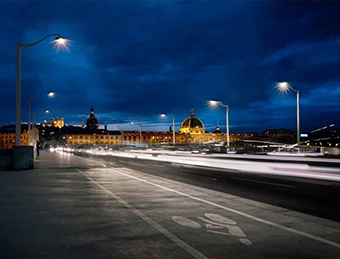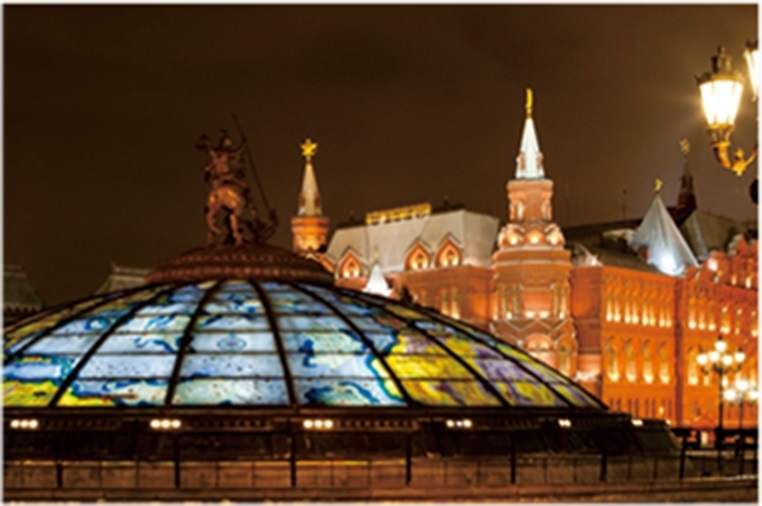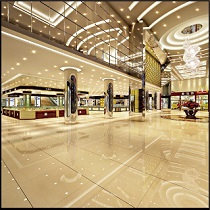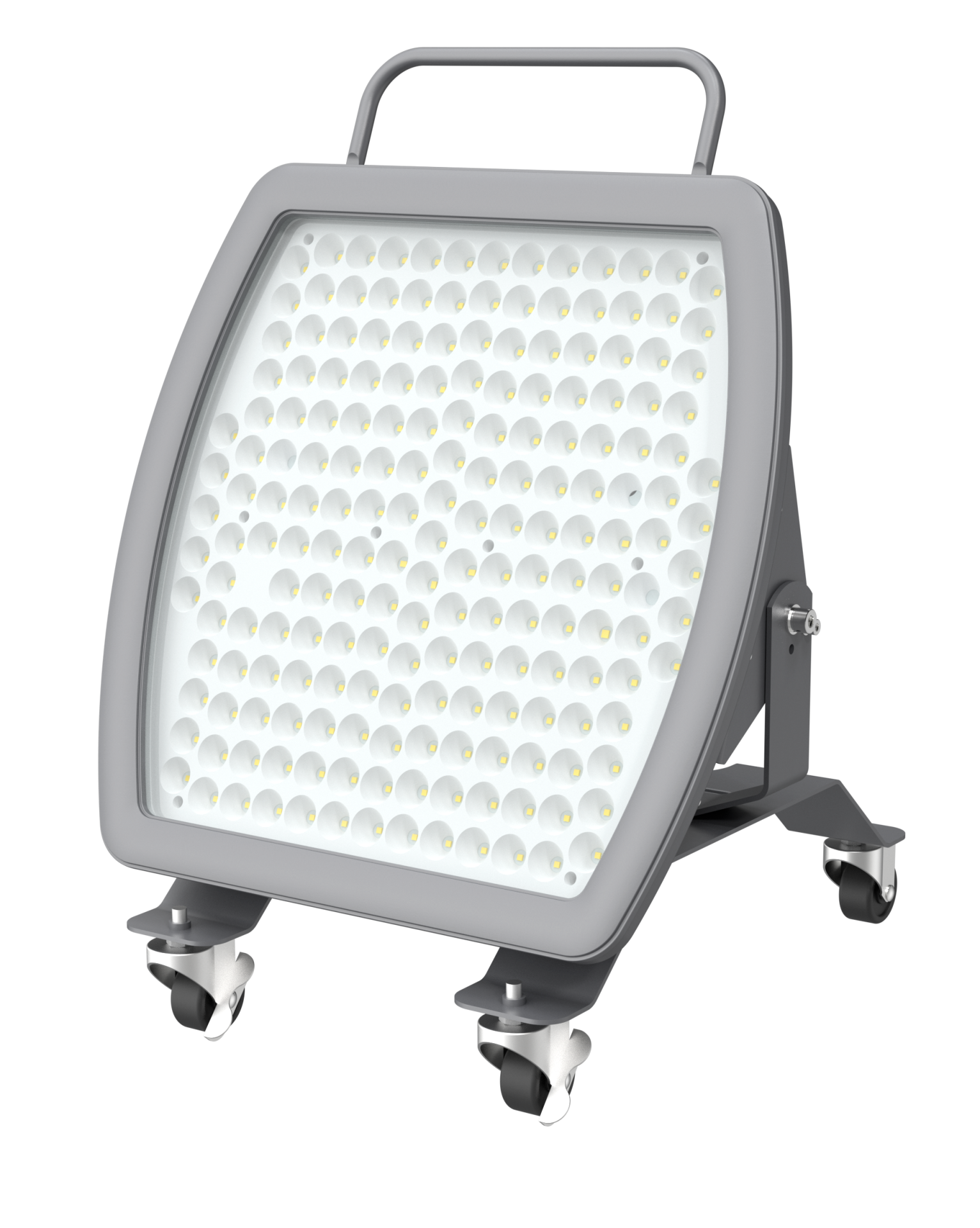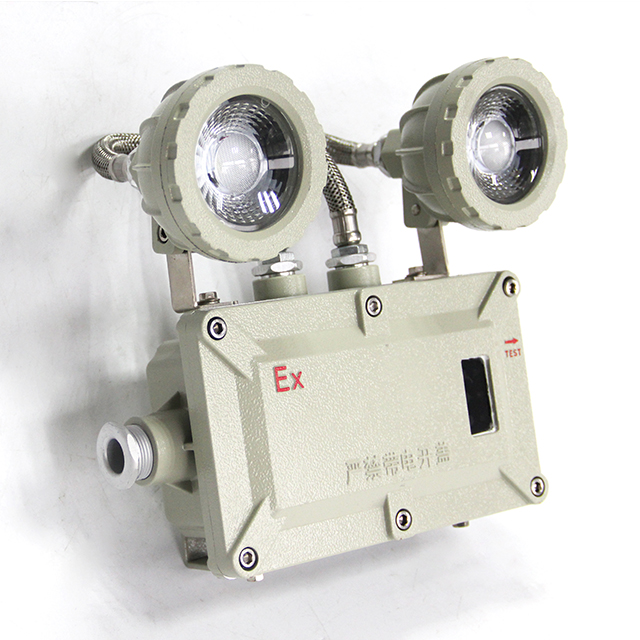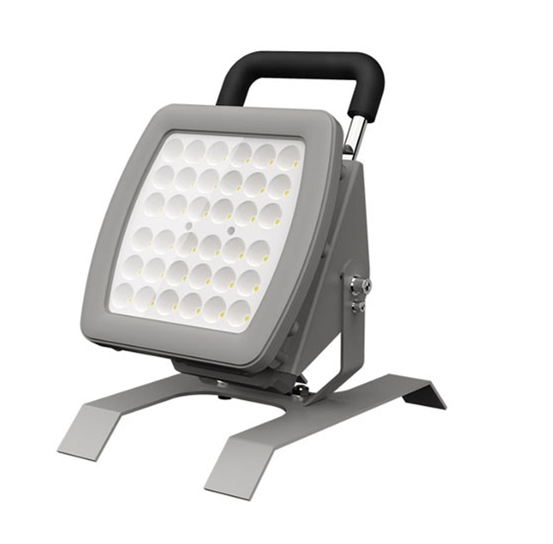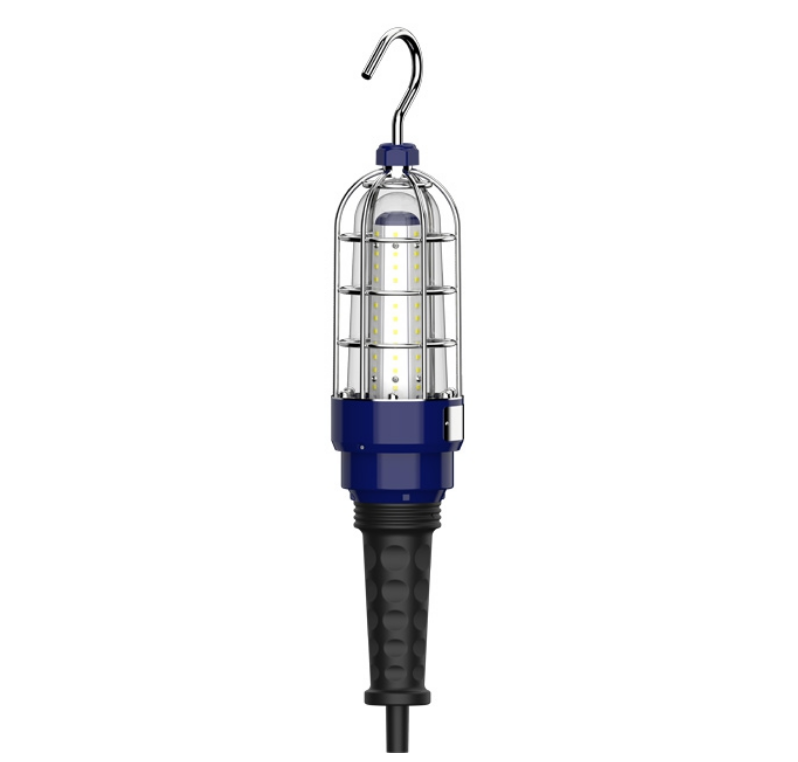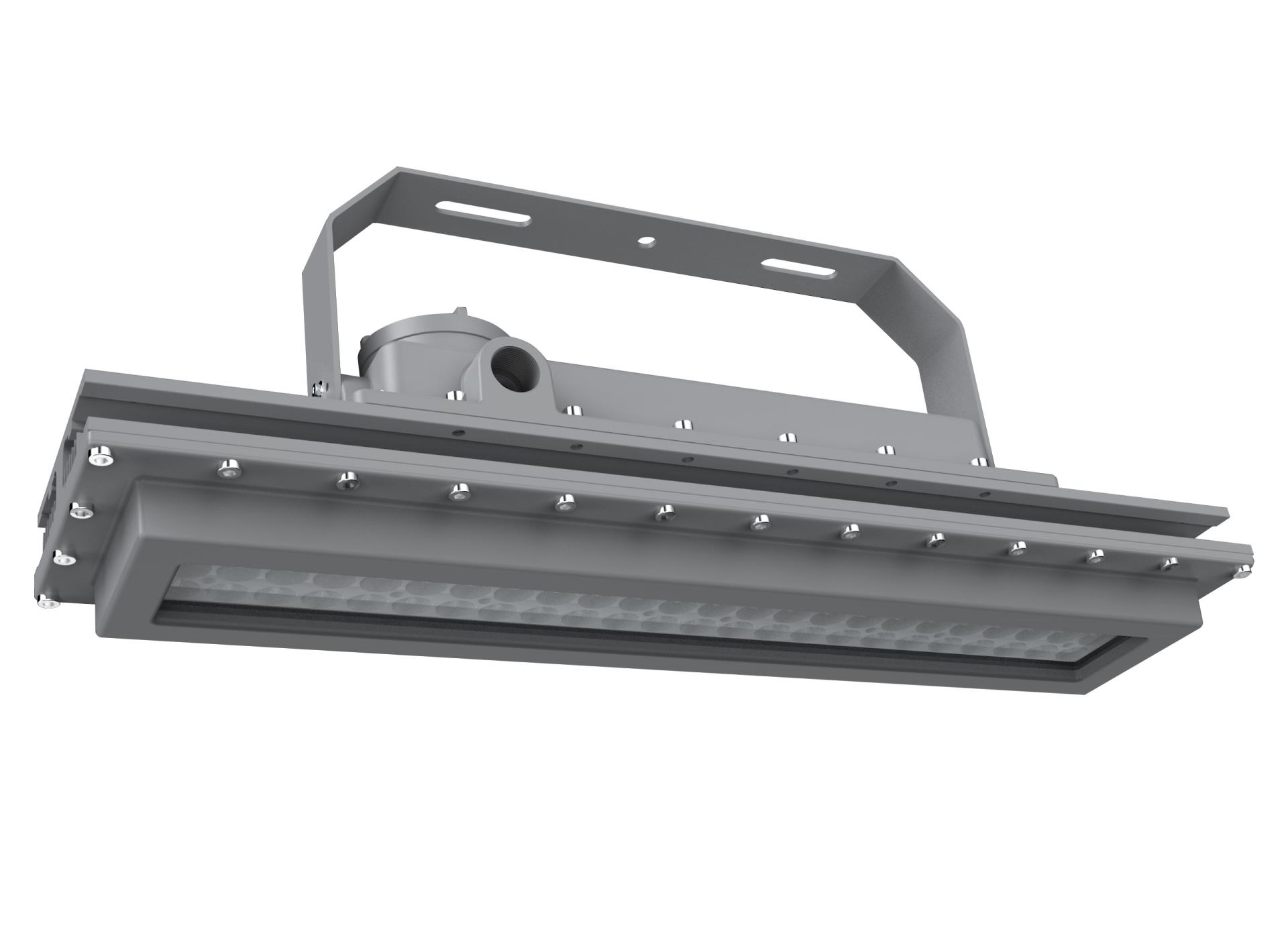In recent years, LED (Light Emitting Diode) technology has revolutionized the lighting industry, becoming a popular choice due to its energy efficiency and longevity. However, beyond its advantages, a well-functioning LED light relies on various critical components to ensure optimal performance. In this article, we delve into the essential elements that make up an LED system, highlighting the importance of quality in each component.
1. The LED Chip
At the core of every LED light is the LED chip, which significantly influences its luminous efficacy. A high-quality LED chip is characterized by several factors:
- High Luminous Efficiency: This refers to the quantity of light produced per watt of electricity consumed. Good LED chips generate more light while consuming less power.
- Low Thermal Rise: Efficient chips produce minimal heat, which is crucial for maintaining LED longevity and performance.
- High Color Rendering Index (CRI): A higher CRI means that colors will appear more natural when illuminated by the LED light, providing better visibility.
- High Junction Temperature Tolerance: This reflects the chip's capacity to withstand heat without degrading performance.
- Static Electricity Resistance: An LED chip with robust anti-static properties is essential for durability and preventing failure due to electrostatic discharge.
2. Heat Dissipation
One common misconception is that LEDs do not require heat management due to their status as a "cold light source." This belief is misleading. Until genuinely low-heat LED chips are developed, efficient cooling systems are paramount. LEDs must be paired with superior heat sinks to maintain their lifespan; otherwise, their operational life may fall short compared to traditional energy-saving bulbs.
When the luminous output degrades to 70% of its initial efficacy, it signals the end of the LED's functional lifespan. To avoid premature failure, manufacturers must prioritize effective heat dissipation techniques.
3. Power Supply
The power supply is a crucial element in an LED lighting system, as it directly impacts the overall efficiency and reliability of the product. Here are some critical factors to consider regarding the power supply:
- High-Temperature and High-Humidity Tolerance: An excellent power supply must withstand challenging environmental conditions without impacting the LED's performance.
- High Voltage Safety Compliance: Compliance with safety standards such as UL (Underwriters Laboratories) ensures the reliability and longevity of the LED light.
- Electromagnetic Compatibility (EMC/EMI): Ensuring that the power supply is compliant with EMC standards is essential for minimizing the risk of interference that could disrupt the LED operation.
Any shortcomings in the power supply can become the weak link in the entire LED system, akin to the "barrel effect" where the performance of the whole is determined by the weakest component.
4. Lampshade
The lampshade is the secondary optical element that shapes the light emitted from the LED. It plays a vital role in the distribution of light and the aesthetic appearance of the lighting fixture. There are several types of lampshades available:
- No Lampshade and Clear Shades: These allow for direct exposure of LED chips, resulting in multiple light sources that can cause glare and a lack of uniformity in illumination.
- Frosted Shades: These provide some diffusion but still reveal the LED light source, causing a partially diffused effect.
- Opal Shades: While they conceal the LED chips, they typically have lower light transmittance.
- Light Diffusing Shades: Superior LED energy-saving lights utilize high-transparent diffusion materials. These shades effectively spread the emitted light, ensuring that the LED source is indistinguishable when lit, resulting in a single large luminous surface. They generally have a light transmittance rate exceeding 80%, providing an excellent illumination effect without appearing washed out.
Understanding the components of LED technology—namely the LED chip, heat dissipation systems, power supply, and lampshade—is crucial for ensuring the longevity and efficiency of LED lighting. As you explore LED options, focusing on quality across all these areas will lead to a superior lighting experience that enhances both functionality and aesthetics in your space. Prioritize quality and performance to truly reap the benefits of LED technology in your lighting applications.



